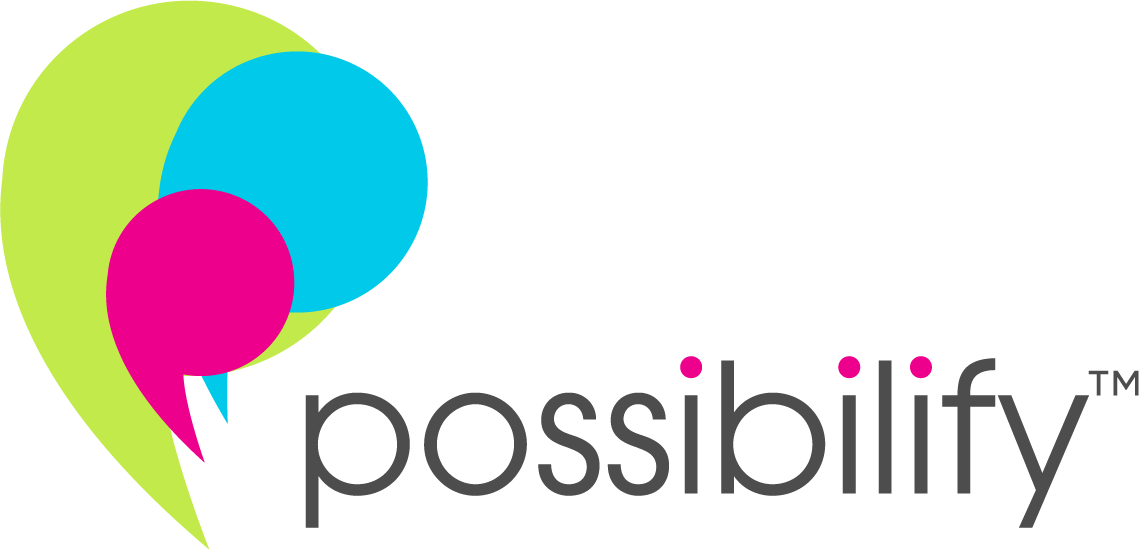- Anti-Racism Tip #7: Speaking Up: Five Tips to Call Out Offensive Comments at Work - July 20, 2021
- Glimpsing the Teenaged Mind During Family Walks - February 2, 2021
- Trauma Recovery: 4 Tips to Find Your Way Through the Muck - September 29, 2020
Innovation is a big buzzword these days. Everyone wants to be considered innovative. Everyone wants to figure out how to innovate.
One success factor that is critical to innovation is to have enough time and talent to actually do innovative activities. To create this time you may want to apply this hack: Put Good Ideas in the Trash.
[As an aside, I seem to be in on a bit of a trash theme right now, as my last post was on Venting as a way to Take out Your Energetic Trash.]
The Counter Intuitive Meeting
If you’re like me, your calendar is full of meetings: status meetings, review meetings, signoff meetings, brainstorming / working sessions. There are all kinds of meetings.
So what is the counter intuitive meeting that should actually be scheduled?
This hack is one I call the “Put Good Ideas in the Trash” meeting.
It’s easy to stop a bad idea. It happens all the time, in hallway conversations, in meetings. Heck you probably stop your own bad ideas without even sharing them with other people. Stopping bad ideas is easy. It’s stopping good ideas that’s tough.
Spurring Innovation
But before you can get rid of good ideas, you’ve got to come up with them, right?
In this article, I am going to share two effective ways to create new, innovative ideas and then a strategy I use frequently to get rid of many of them so everyone’s energy can be focused on only the best ones.
The Secret Phrase that Innovators Use
Innovation and new ideas go hand in hand. Think about how Uber has changed the taxi industry – that was a new idea on top of a consumer need. Or AirBnB. Or the iPhone. These are all examples of things that consumers did not know they wanted until someone came up with the idea and brought it to life.
Not all new ideas are considered innovative – think about starting up a business. There are a bunch of ideas that you may want to implement that are just table stakes: meaning they may be new to your business but not new ideas. Table stakes usually are a basic expectation or a foundational building block that is required at a certain point, in a business lifecycle.
Now sometimes these old ideas can really be important for your business but here I want to talk about how to create new, innovative ideas.
When the creative juices really get flowing, great new ideas can be identified. The secret phrase that innovators use to get ideas flowing is to ask yourselves:
“How might we…”
Starting with this phrase puts defensiveness aside and invites others to collaborate with you.
How might we…
- get more customers with our existing products?
- harness our employees’ passion to take our business to the next level?
- improve the way the world works and lives?
[By the way, the last bullet point is Accenture’s mission, which is where I work.]
The phase “how might we” can be very effective.
If you want to learn more about this, check out this article in Harvard Business Review.
“Yes, and…”
In addition to using “How might we”, you can use the “yes, and” technique to encourage people to build on others’ ideas.
So for instance, if the question was “how might we become known for our leadership coaching abilities?”, someone might say, we could change our brand tagline to be Leaders Coaching Leaders. Someone else might say, “Yes, and we can we could create an online course that people could buy to get a taste of what it would be like to work with us.” Using “yes, and” to build on people’s innovative ideas, can be a great way to encourage creative group brainstorming.
Strategic Planning
For some, the new year is an opportunity for reflection and making new year resolutions. At work, a new year means a new fiscal year where we revisit our strategic plans, evaluate and assess what worked well, and come up with the new things we want to do.
How many of you have participated in discussions where you talk about things you’re already doing, and that you want to keep doing, but then come up with another set of good ideas that you want to implement?
This happens a lot during the annual or strategic planning cycle.
I’ve been on the Board of a non-profit for a number of years, and in this case, the Board works with the Executive Director to create a three-year strategic plan. As we go through the strategic planning process, we take stock of what has been accomplished and what is still left to do. We try to be mindful about what we want to keep doing, and what we may need to stop doing in order to implement some of the good ideas that may be higher priority.
The Dark Side of Innovation
Once the good ideas have been identified, it’s nearly impossible not to want to get started on them right away. The dark side of innovation is that organizations can get overwhelmed by good ideas – the volume of them, or by the organization’s ability to execute on them.
When we apply disciplined decision-making to innovation, we have the opportunity and ability to focus talent and energy where it best serves the organization. We can focus on the right set of good ideas.
Put Good Ideas in the Trash
Now it’s time. You’ve set your strategic priorities. You’ve brainstormed your good ideas. You’ve probably got a number of them in flight already. It’s time for the “Put Good Ideas In the Trash” meeting.
So you schedule the meeting, and people show up wondering what’s going on.
After you set the context, how do you facilitate the process?
I’d suggest a technique called Stop, Start, Continue.
Start, Stop, Continue
“Start, Stop, Continue” is an effective technique to drive this disciplined decision-making. For all the work or good ideas that you’re tackling, put them into one of these categories: Start, Stop, or Continue.
It’s usually easy to fill up the “start” and “continue” list, but the real challenge is to put things on the “stop” list so that you can create time and energy for the things you want to ”start”.
As a business leader, once you’ve agreed on the list of things to Start, Stop or Continue, it’s your responsibility to hold everyone accountable to what was agreed to, and to resist the temptation to add things to the Start list unless you’re also putting things on the Stop list.
So keep these tips in mind when you are spurring innovation:
- Facilitate collaborative brainstorming processes using “how might we…?” and “yes, and…” discussions.
- Sort through the good ideas by holding a “Put the Good Ideas in the Trash Meeting.
- Use the “Start, Stop, Continue” categories to align your priorities with your mission.
This way you can make sure everyone’s valuable time and efforts are put towards the good ideas that align with your organization’s mission.
We’d love to hear about a time when you’ve been able to apply these concepts and what the results were or if you have any great ideas for spurring innovation. Please comment below.
If you liked this article, check out:


Recent Comments